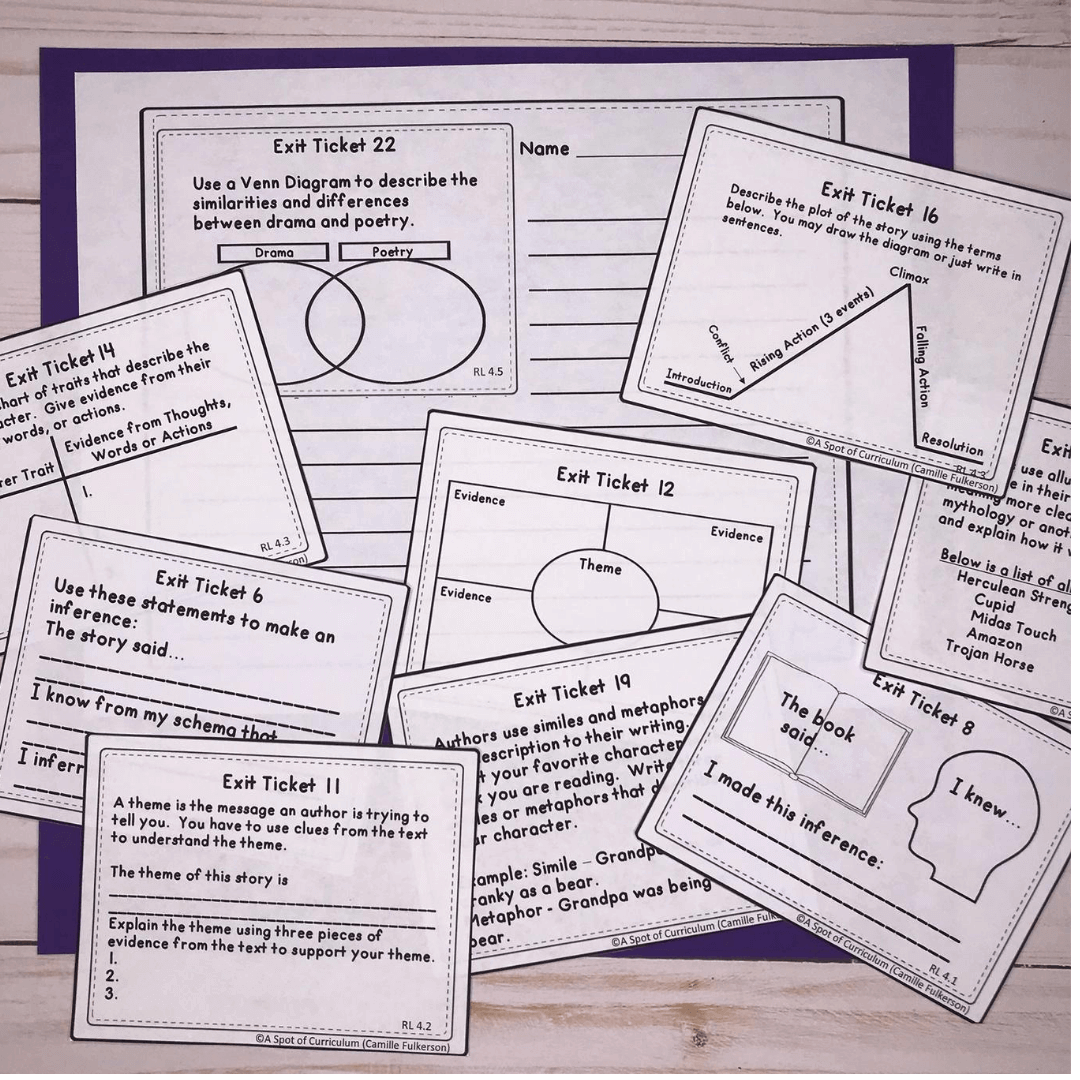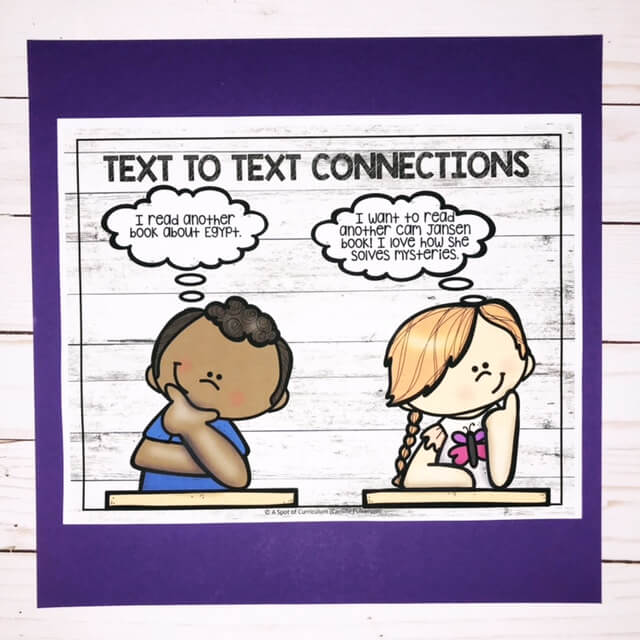Background knowledge is essential for helping students understand a variety of texts and to increase reading comprehension. Students come to school with different amounts of schema to help them read. The other part of background knowledge that is tricky is each text requires different background knowledge. For example, a book whose main character is a baseball player requires different background knowledge than a book where the main character is a detective. Since the need is great, here are 10 ways to build background knowledge with your readers

Build Background Knowledge with Text Series
A series of books is a great way to ensure that your readers have the background knowledge to successfully read the next book. There are many ways to look at this.
Students are able to learn new information with familiar characters for fiction or a familiar format for non-fiction and can access this book after book. Books like The Magic Treehouse series use their characters to introduce the students to different periods in history or topics such as dinosaurs. Non-fiction books such as the Who Would Win series or I Survived series offer students an engaging format to learn book after book.
Another way to build background knowledge is through Readworks.org and their Article of the Day text sets. These sets offer five or six non-fiction articles around a central theme. Students read an article every day during independent reading and record some facts or their thinking. The class gathers once a week to add a few facts about the topic in their class Book of Knowledge. It is a valuable way to build background knowledge.
Photographs
Photos are now available to build background knowledge at the touch of a button. Before you introduce a book, look for a few relevant photos that will help you introduce the setting or that will help with relevant vocabulary. They are really helpful and often do not take as much time as a video. Photos you have taken can also be relevant. I like to keep a folder on my phone of photos that will be helpful while I'm teaching. This helps you have the relevant photos ready to show students quickly.
Build Background Knowledge with Analogies
Analogies can be a great way to build background knowledge because you compare something unknown to something that is known. When you compare relationships, ideas, or how things interact with analogies, it allows for deep understanding. For example, when talking to students about dinosaurs, the pictures make them look small. But when you compare a dinosaur to the size of a school bus, it helps them to build schema based on something they know.
Hands-on Experiences
Concrete experiences have a way of helping kids understand concepts. They also increase the engagement of the students. Because of time and resources, concrete experiences are not always possible, but they are very memorable and effective when you do use them. I might bring lima beans for A Bad Case of Stripes or my daughter's trombone for Trombone Shorty. These experiences lead to authentic discussions. You can look here for more ideas on how to make reading comprehension instruction more concrete.
Pairing Texts
A great way to give background to a complex text is to pair it with another text. The two texts together can give more details than a single text. Sometimes it is great to pair a non-fiction text with a fiction text but at other times, when paired carefully a fiction text can give great background knowledge too.
Videos
Videos are great ways to add background knowledge. The shorter and simpler the video the better. The key is to give some background knowledge but not take the focus off the book you are introducing.
Stopping Points
Sometimes you don't need to spend time before you read the book. At times you can plan two or three stopping points to add any background knowledge as you read. You just stop and give background as needed so students understand the book. A good way to check for understanding is to use Exit Tickets and have the students write about the text. The students write using standards-based questions for 2nd Grade, 3rd Grade, or 4th Grade.

Outside Experts or Field Trips
Another way to build background knowledge is to invite an expert to teach your students. You can invite someone to speak to your class (either in person or digitally). The same thing can happen with a field trip. The students get hands-on experiences and begin to construct their own background knowledge. They get to hear about a concept from an outside perspective.
Artifacts
When you pair an artifact with a book, it can really expand your students understanding. Artifacts can be items like maps or charts. Artifacts can also be graphic organizers or items that you have the students make like a family tree of characters or a map of the the fictional city. All of these enhance their knowledge of the book they are reading. It expands their schema.
Crowdsource the Background Knowledge
Resources for your students are all around you. Sometimes they are a part of the crowd. You can let your students, parents, colleagues, family members, or friends be the experts. The people around you are full of knowledge and how cool if your students can contribute to the schema of their classmates. You will also discover that you have friends that are very excited to contribute to your classroom. Sometimes they have come into the classroom or other times they send pictures, make a short video, or send pictures or artifacts.
Another way to crowdsource is to use the collective connections of your students. When they share their connections to themselves, other texts, or the world, it enhances the meaning for the entire class. I use a set of Text Connections Posters to remind students to actively think about the text. You can download them for free!

All students are better readers when they have the background they need to understand the text. These are great strategies to build their background knowledge today. The more students know about the text, the better they will be able to comprehend it.

This site contains affiliate links. This simply means if you buy something using our link, we will receive a very small portion of the sales. The price of the item is the same whether it is an affiliate link or not. It is our promise to you that we only recommend products or services we believe will add value to our readers. By using the affiliate links, you are helping support our Website, and we genuinely appreciate your support.

